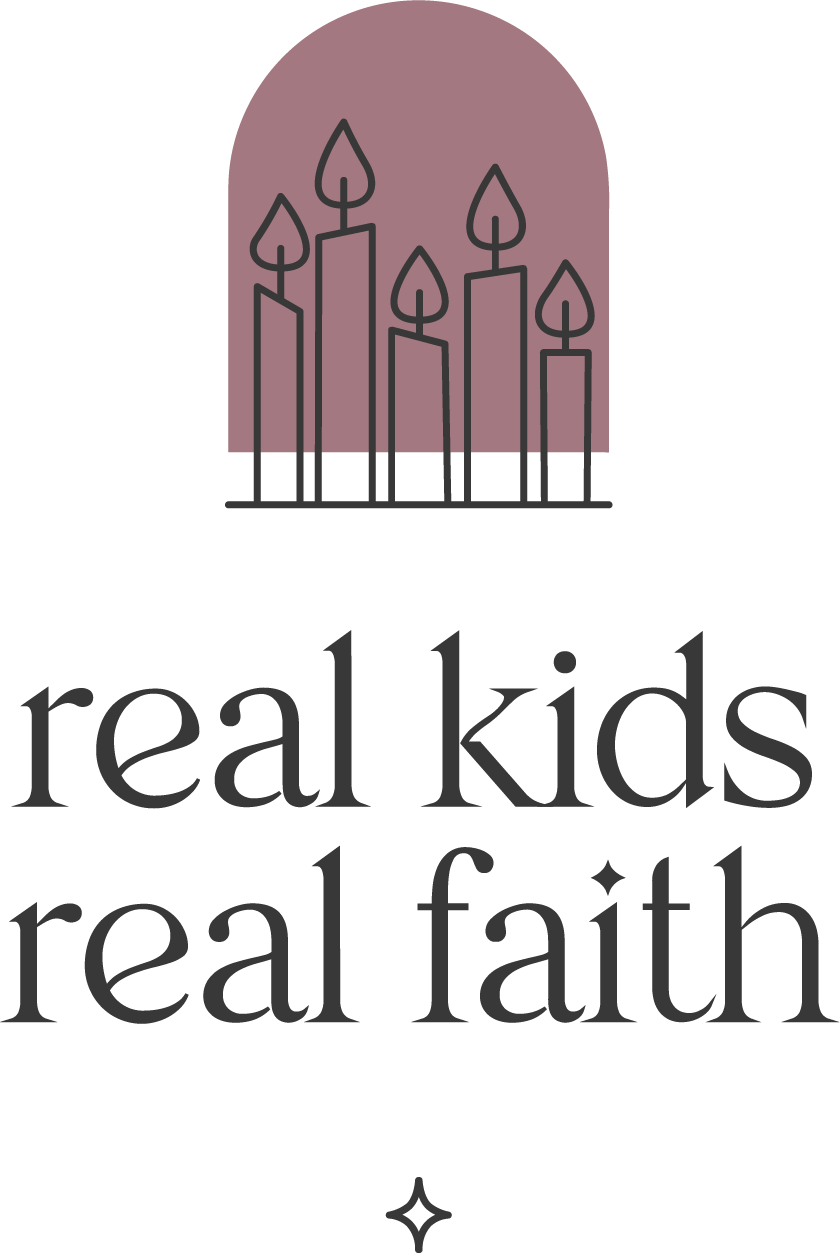We hear a lot about supply chain ‘issues’ right now. Store shelves are emptier than in pre-pandemic days. Online shopping results in more ‘out of stock’ messages than usual. We have trouble finding certain grocery staples and school supplies. It might not be as bad as when toilet paper and baby formula were in short supply, but it is still frustrating, especially when we hear that some people are hoarding what little there is and others are going without.
Yet researchers (and the media) have noticed that not all people fall victim to a hoarding mentality. Some actually make a point of taking just one jumbo pack of toilet paper so that others will also get some. What seems to make the difference? It’s whether or not they feel gratitude.
Recent studies have linked feelings of gratitude with increased levels of cooperation and decreased levels of selfishness. When people recall times that they have felt grateful, they are more motivated to share. Not even feelings of happiness can rival the effects of gratefulness on a person’s willingness to consider the needs of others as well as oneself.
So how do we help our children learn gratitude? First, we recognize that gratitude is a feeling as well as a value. We can talk about gratefulness, but if children don’t actually feel grateful, their thinking and behavior don’t really change. They might say “thank you” or share a toy, but they do so more to please adults than because they really want to cooperate.
That means we need to help children identify times that they have felt grateful and encourage them to remember that feeling. We might ask them to share an experience when they appreciated another’s thoughtfulness, or draw a picture of something for which they felt thankful. We can then explore the positive feeling those experiences generated and give it a name: gratitude.
We can also teach children that saying ‘thank you’ is not just a polite phrase. When someone does something we appreciate, we can take a moment to savor the feeling and let our emotion show in our words. Including a reference to what was done is one way to prevent thanks from becoming rote, e.g., “Thanks for sharing your snack with me” or “I’m grateful you asked me to go to the park with you”).
Some cultures and religious traditions connect gratitude with indebtedness. If this is true for your family, then help children reflect on how they will repay the kindnesses others have shown them. You might suggest that they look for ways to return a favor to a specific individual or ‘pay it forward’ by sharing and cooperating proactively with others in their community.
Lastly, tell children that practicing gratitude is good for community-building. Big issues, such as deforestation, drought, and food scarcity, require everyone to think about how to reduce personal use and share resources. Kids like to make a difference and may be excited to learn that giving genuine thanks for others can also help save the world.

Comments